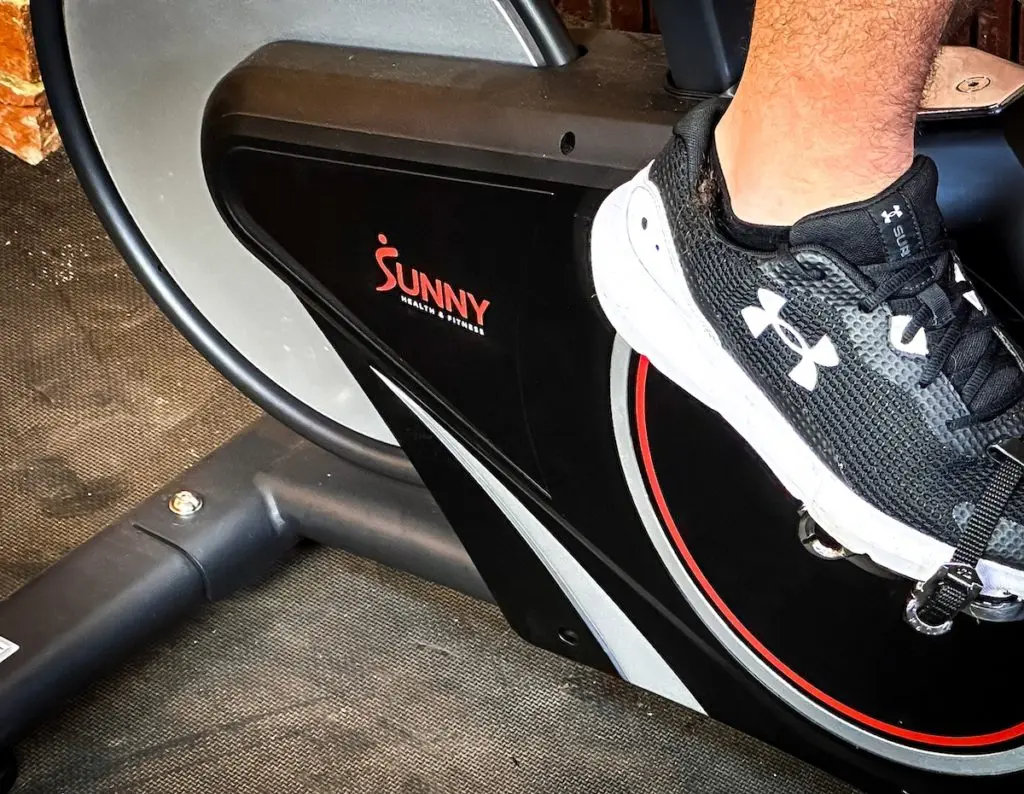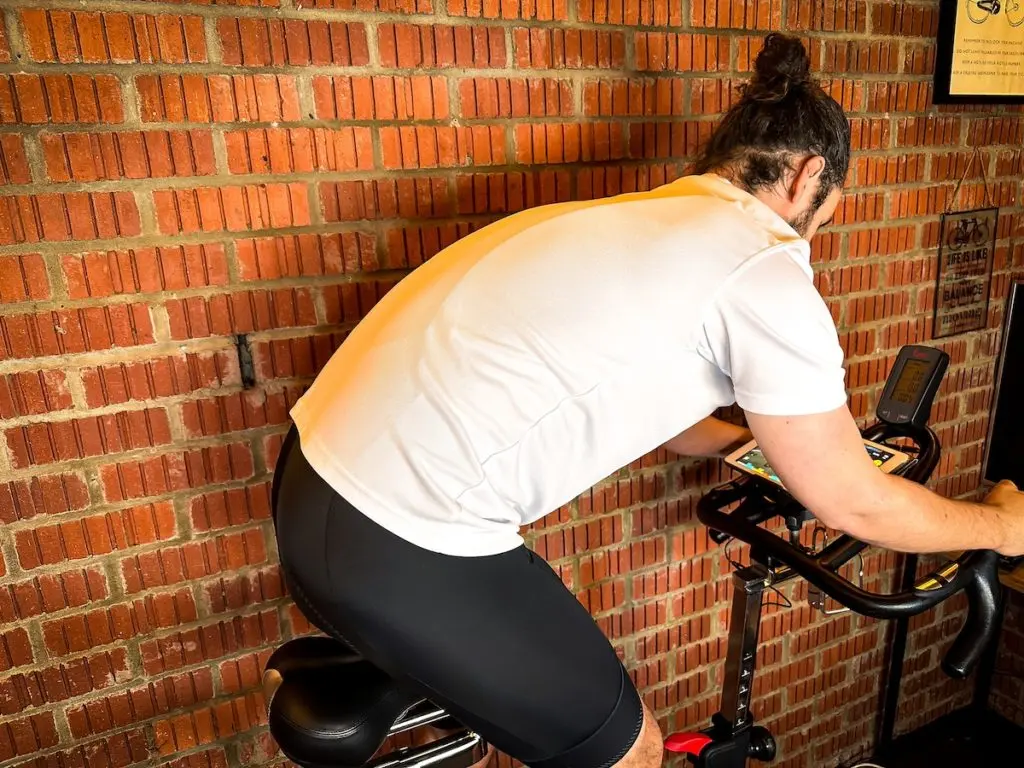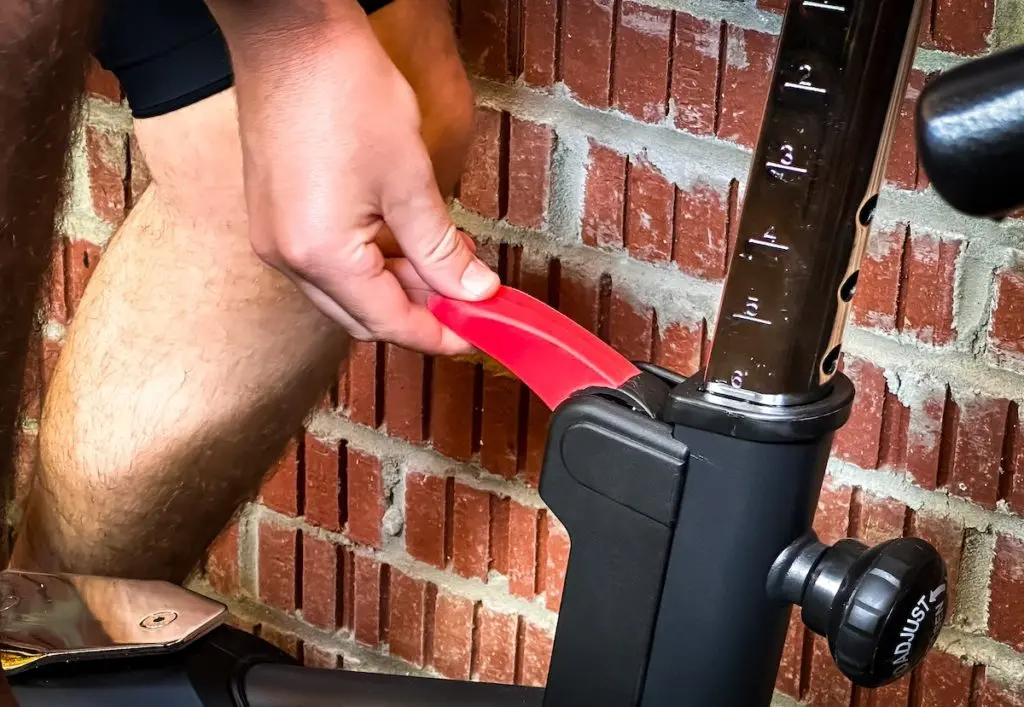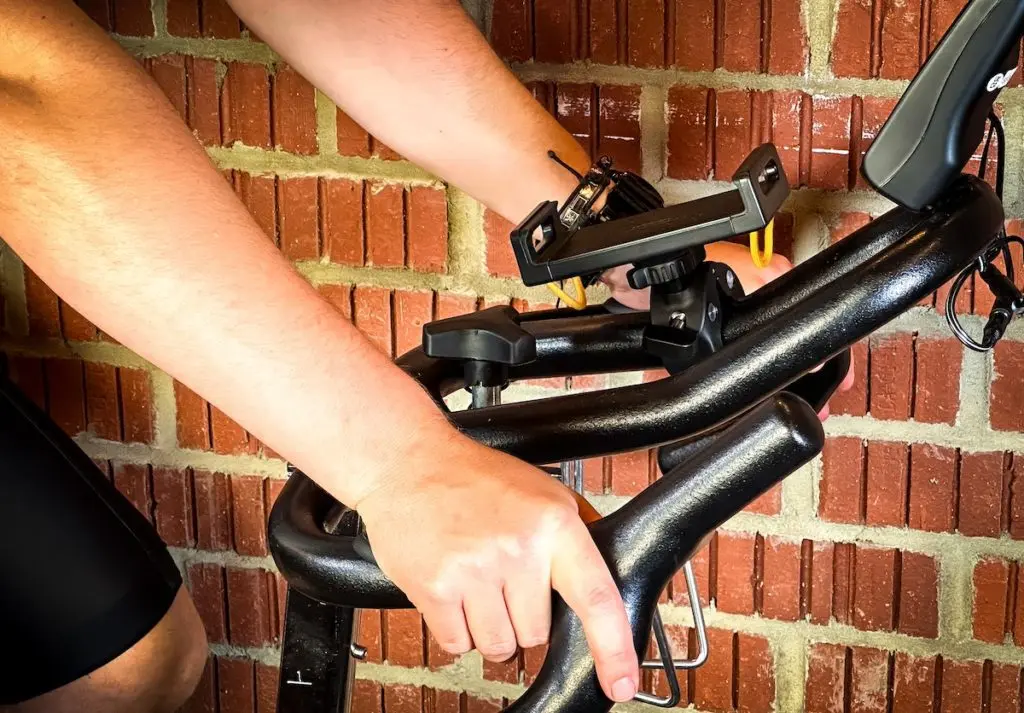Indoor cycling is an amazing way to stay fit and energized, but no one wants to get hurt. Injuries can be frustrating, painful, and even set back your progress. That’s why I always take every precaution to avoid them—so I can keep riding comfortably and enjoy every session.
What many people don’t realize is that most indoor cycling injuries are preventable. In this article, I’ll walk you through the most common injuries, how to avoid them, and what to do if you end up getting hurt. Here's what we'll cover:
- **Common Indoor Cycling Injuries**
- **How to Prevent Indoor Cycling Injuries**
- **What to Do If You Get an Injury**

### Common Indoor Cycling Injuries
Even with the best intentions, improper technique or setup can lead to a variety of issues. Here are some of the most common injuries:
| Injury | Cause |
|-------|-------|
| **Knee Pain** | Too low cadence, overuse, or incorrect bike setup |
| **Back Pain** | Poor bike positioning, especially handlebar height |
| **Saddle Sore** | Wrong seat, poor fit, or prolonged use |
| **Pulled Muscles** | Not warming up properly or pushing too hard |
| **Numbness** | Poor circulation due to incorrect bike setup |

### How to Prevent Indoor Cycling Injuries
Preventing injuries isn’t about doing one thing—it’s about being proactive in several areas. As an indoor cycling instructor, here are my top tips:
#### 1. Bike Setup
A properly adjusted bike is key to comfort and injury prevention. Make sure your seat height, handlebar position, and pedal settings are correct. You can consult a bike fitter, ask a trainer, or follow online guides.
#### 2. Warm Up and Cool Down
Never skip these! A good warm-up prepares your muscles for the workout, while a cool-down helps flush out lactic acid and prevents stiffness.
#### 3. Use Proper Form
Focus on smooth pedaling, keeping your knees aligned, and avoiding sharp movements. Good form reduces strain on joints and muscles.
#### 4. Wear the Right Clothing
Choose moisture-wicking clothes and proper shoes. Avoid anything that could cause slipping or discomfort, like loose laces or heavy jumpers.
#### 5. Avoid Fancy Moves
Jumping around or standing on one leg might look cool, but it can increase your risk of injury. Stick to simple, controlled movements.
#### 6. Progress Gradually
Don’t rush into longer or harder sessions. Let your body adapt slowly to avoid overtraining and injury.
#### 7. Rest and Recover
Rest is just as important as training. Overworking your body can lead to burnout and injury. Take at least one day off per week.

### What to Do When You Get an Indoor Cycling Injury
If you do get injured, don’t panic. Here’s my step-by-step approach to recovery:
#### Step One: Rest
Stop riding immediately and avoid any activity that worsens the pain.
#### Step Two: Assess the Injury
Determine the severity. A minor strain may heal quickly, but more serious injuries may require professional help.
#### Step Three: Recovery Plan
Depending on the injury, you may need rest, physical therapy, or strength training to rebuild.
#### Step Four: Prevent Future Injuries
Once healed, take steps to avoid re-injury—like stretching, improving form, or cross-training.

### Final Thoughts
Injuries are never ideal, but they’re manageable with the right mindset and actions. The key is to ride smart, listen to your body, and prioritize safety. Whether you're a beginner or an experienced rider, taking care of yourself will allow you to enjoy indoor cycling for years to come.
Thanks for reading, and stay safe on the bike!
Rubber Industrial Timing Belt,Rubber Timing Belt,Rubber Coated Timing Belt,Toothed Rubber Belt
Jiangsu Bailite Transmission Technology Co., Ltd , https://www.zsindustrialbelt.com
![<?echo $_SERVER['SERVER_NAME'];?>](/template/twentyseventeen/skin/images/header.jpg)